Construction of urban elements of urban stand in Muscat
 WWW.SIGN-LAND.COM
WWW.SIGN-LAND.COMمحصولات مرتبط
خلاصه
Construction of urban elements of urban stand in Muscatتوضیحات
Construction of urban elements of urban stand in Muscat

Construction of urban elements of urban stand in Muscat
Materials Commonly Used:
Acrylic: A popular plastic known for its versatility, durability, and weather resistance. It can have a glossy or matte finish and comes in various colors. It’s often used for the faces of channel letters
Aluminum: A strong yet lightweight metal that is rust-resistant, making it suitable for outdoor use. It can be painted or powder-coated in various colors and finishes (brushed, polished). It’s often used for the backs and returns (sides) of channel letters
Stainless Steel: A durable and corrosion-resistant metal that offers a sleek and modern appearance. It’s often used for a high-end look and can have brushed or polished finishes
PVC (Polyvinyl Chloride): A lightweight and affordable plastic that is easy to cut and shape. It’s weather-resistant and suitable for both indoor and outdoor use
Foam: A lightweight material that can be easily shaped and is often used for indoor signs or decorative purposes. It can be coated for different finishes
Metal Composites (like Aluminum Composite Panel – ACP): These consist of a plastic core sandwiched between two aluminum sheets. They are lightweight, rigid, and weather-resistant, often used for the backs of signs
Wood: Offers a more traditional or rustic aesthetic and can be carved, routed, or laser-cut. It requires proper sealing and maintenance, especially for outdoor use
The process of making 3D letters typically involves these steps
Design: Creating a digital design of the letters using graphic design software. This includes selecting the font, size, and style
Material Selection: Choosing the appropriate materials based on the desired look, durability, and application (indoor/outdoor)
Cutting: Using specialized machinery like CNC routers, laser cutters, or waterjet cutters to precisely cut the chosen materials into the letter shapes and other components (faces, backs, returns)
Shaping (for Channel Letters): For channel letters (which are hollow and have depth), the sides (returns) are shaped, often using automated bending machines, to match the letter’s contours
Joining/Assembly: The different parts of the letter are assembled. This can involve welding (for metals), gluing (for plastics and acrylics), or using mechanical fasteners. Trim caps (plastic or metal edges) are often used to attach the acrylic faces to the letter bodies, creating a clean and watertight seal
Finishing: This stage includes sanding, painting, or applying vinyl overlays to achieve the desired color and finish. For illuminated signs, LED modules are installed inside the letters
Quality Check: Ensuring the letters meet the design specifications and quality standards
Installation: Mounting the finished letters onto a chosen surface using various methods like drilling and bolting, adhesive bonding, or mounting on a raceway (a metal structure that houses the wiring for illuminated signs)
نقد و بررسیها
درمورد این محصول دیدگاه درج کنید.





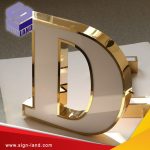

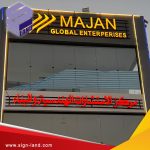
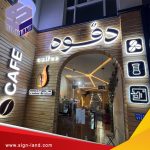




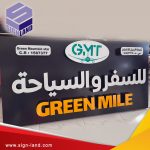
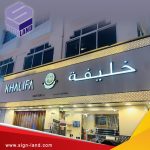

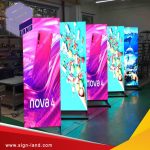
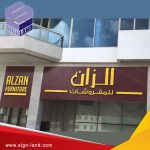
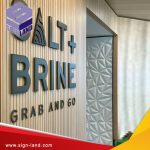
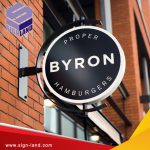
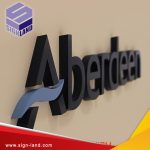
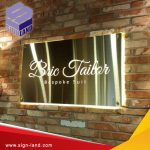
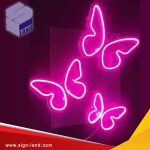

هنوز بررسیای ثبت نشده است.